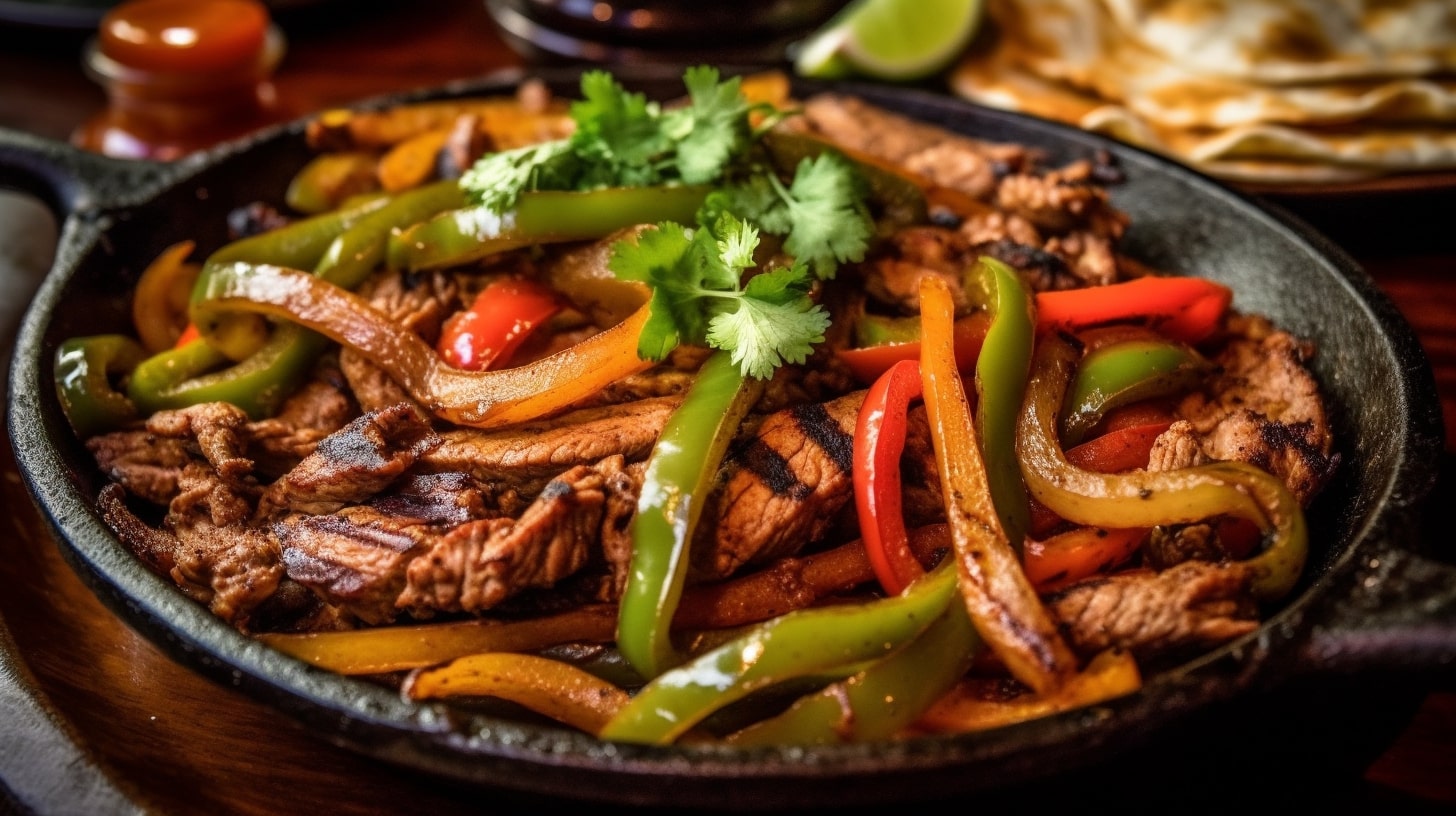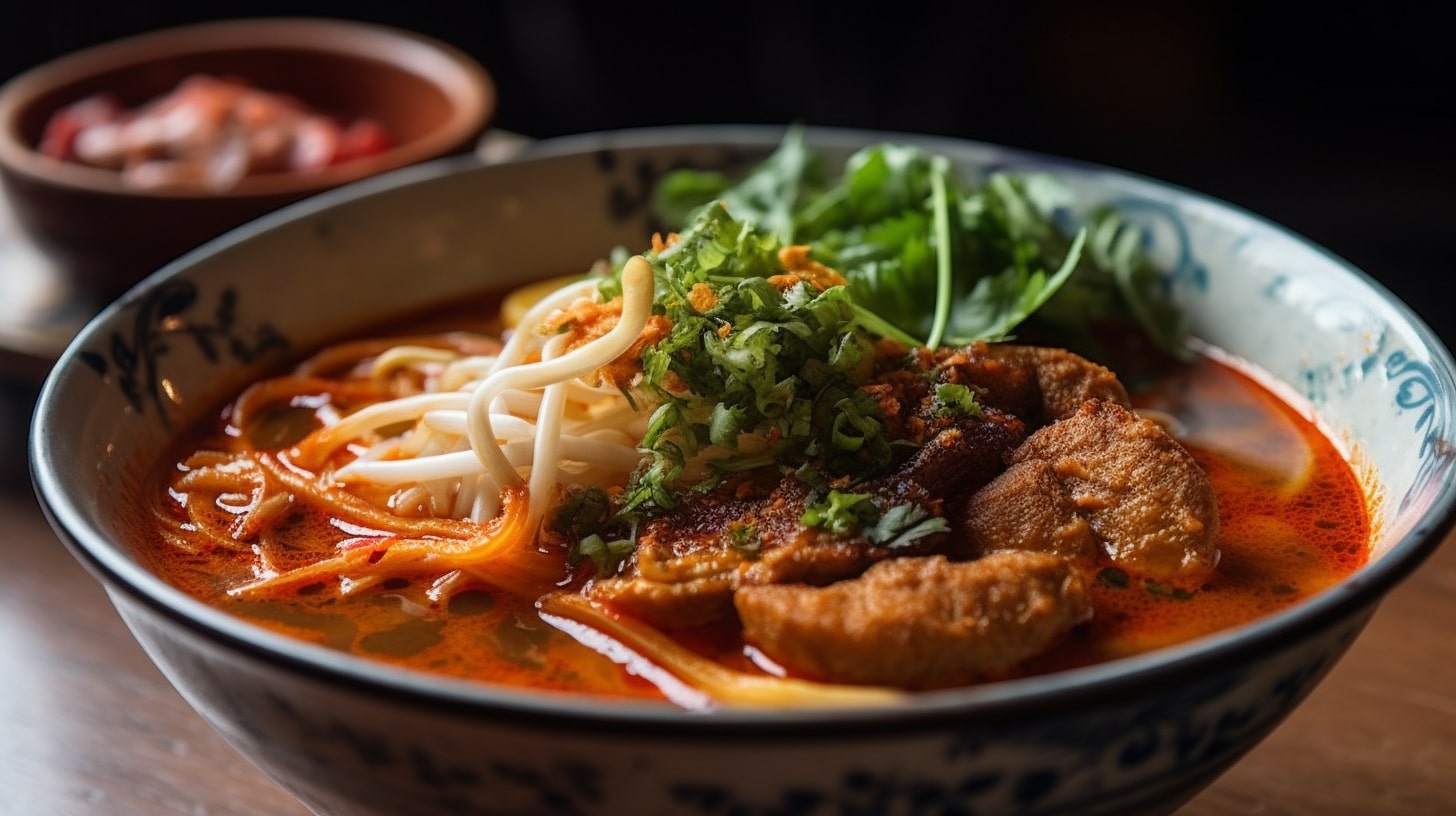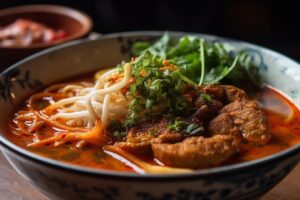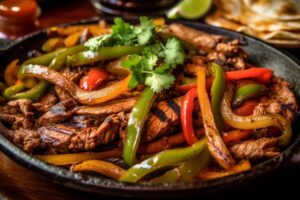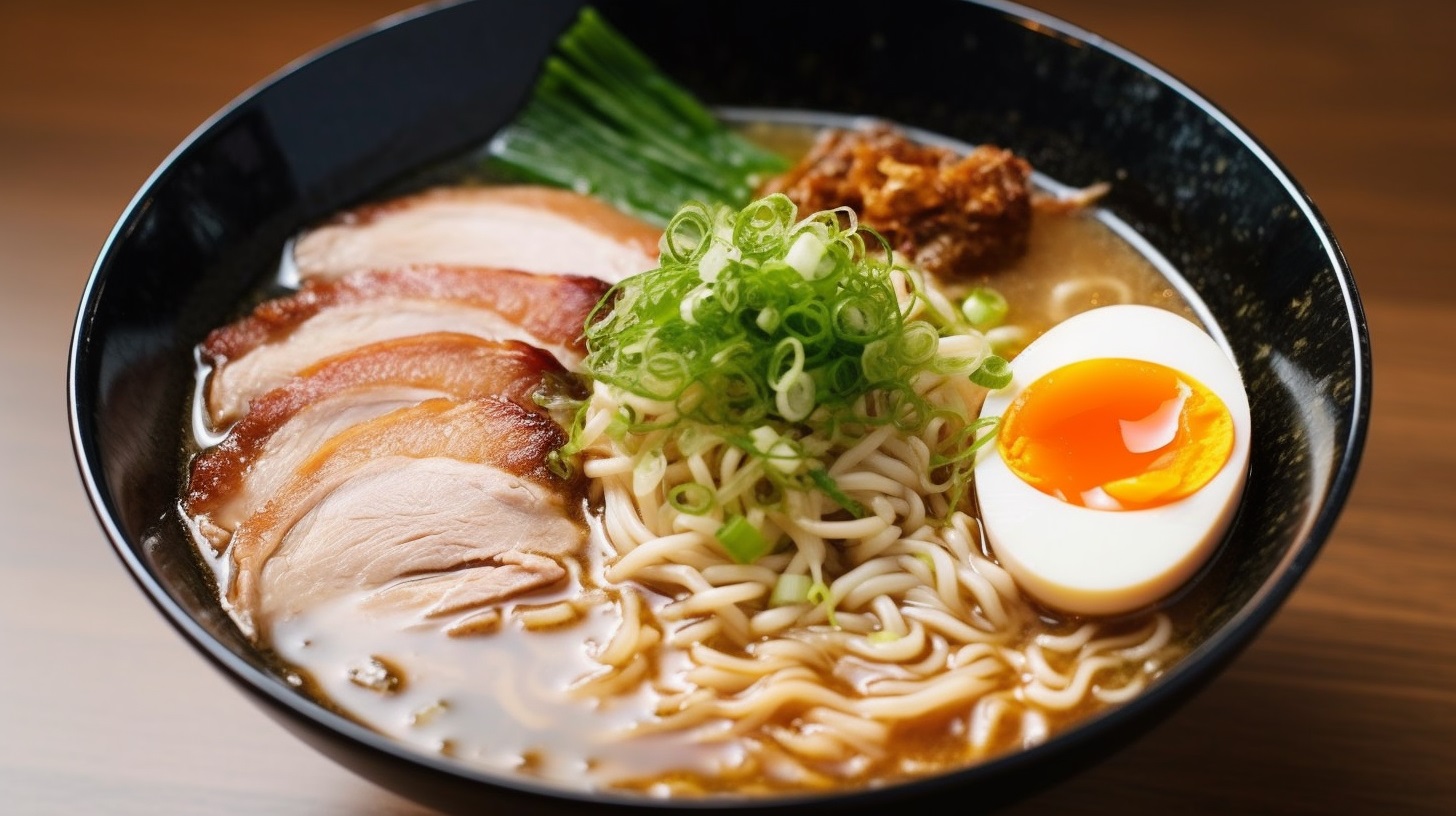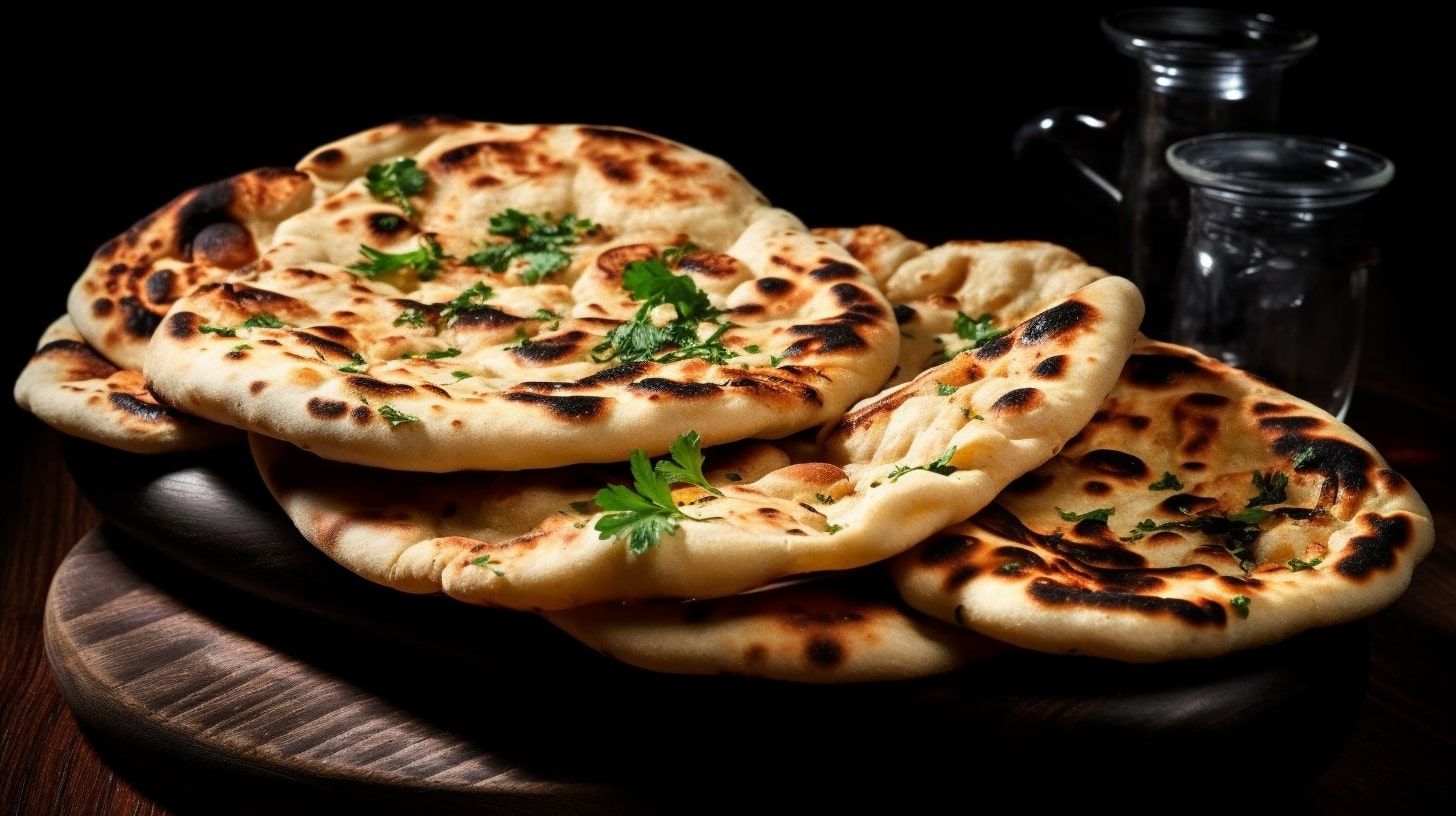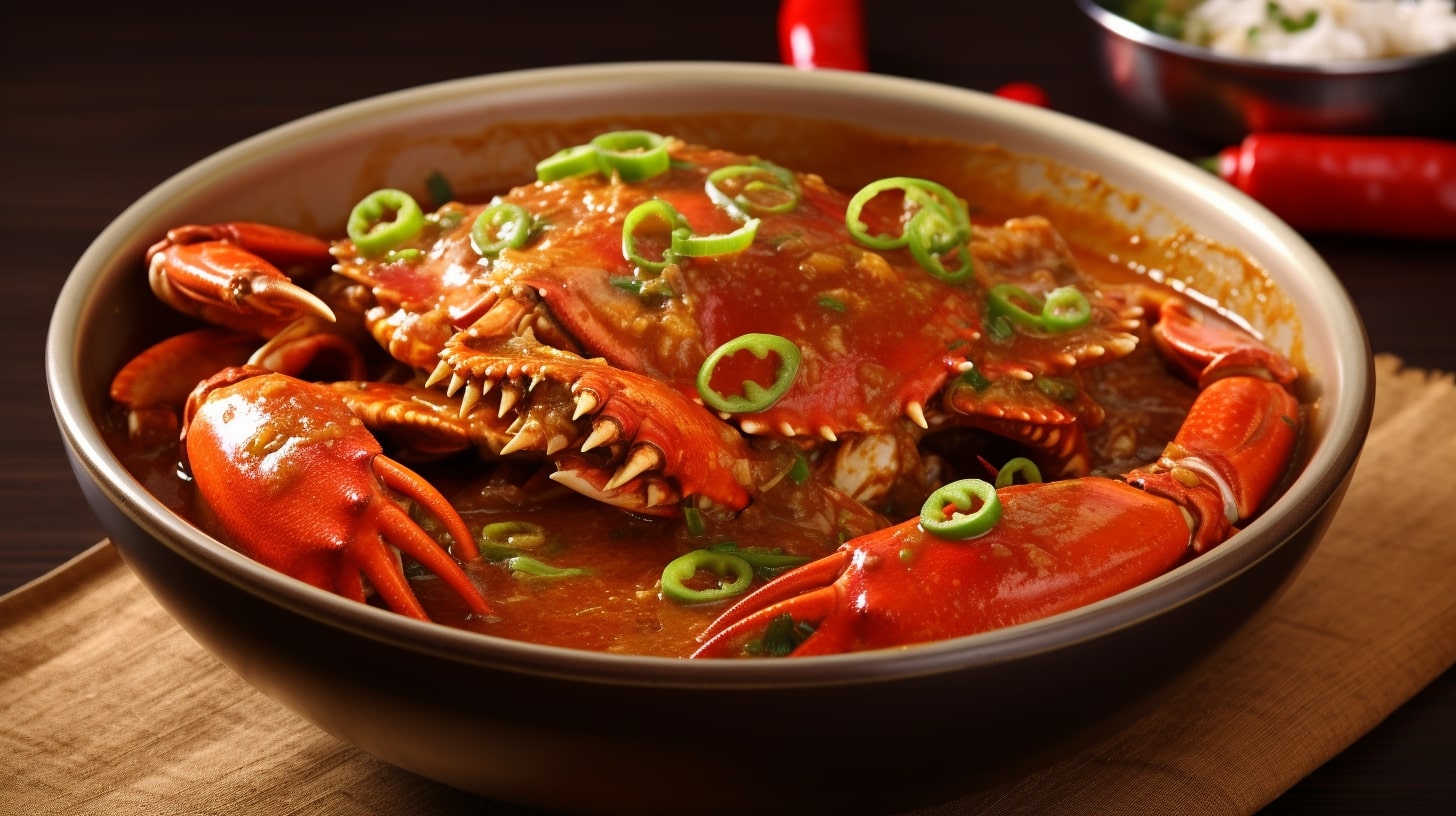Ramen, a beloved dish with humble beginnings, has taken the culinary world by storm. With its rich broth, springy noodles, and a variety of delectable toppings, Japanese ramen has become a global sensation. In this article, we will delve into the origins of Japanese ramen, explore its various types, uncover the secrets of a perfect bowl, and discover the cultural significance it holds in Japan and beyond.
1. Introduction
Ramen, which originated in China and made its way to Japan, is now an iconic Japanese dish that has captured the hearts and taste buds of people worldwide. This soul-warming comfort food is known for its flavorful broth, meticulously crafted noodles, and an array of toppings that add depth and texture to every spoonful.
2. The Origins of Japanese Ramen
Although ramen has its roots in China, it was in Japan where it truly flourished. In the early 20th century, Japanese chefs began experimenting with Chinese-style noodles and incorporated their own unique flavors. Over time, ramen evolved into a distinct Japanese dish, with regional variations showcasing local ingredients and culinary preferences.
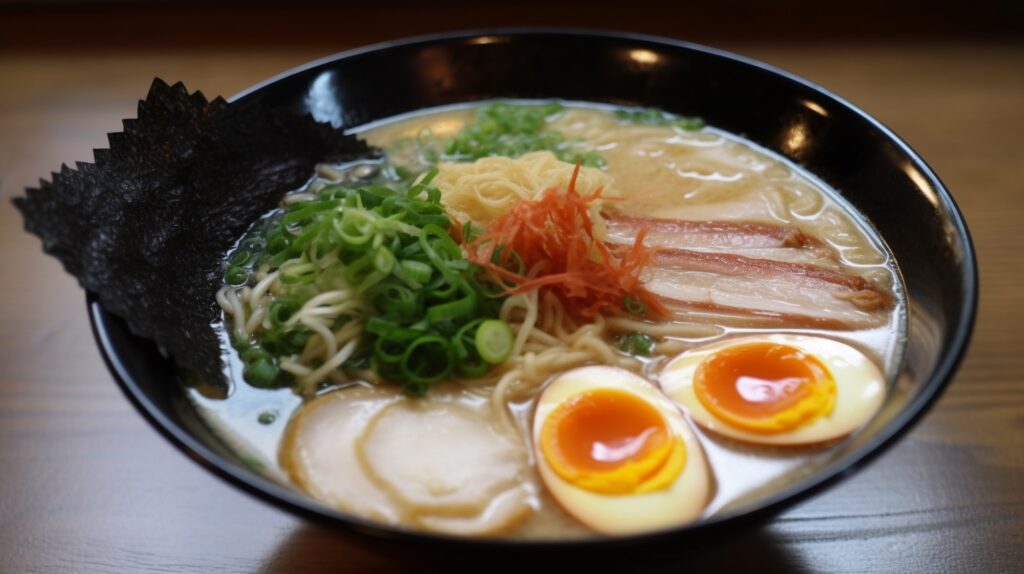
3. Types of Japanese Ramen
Japanese ramen comes in various styles, each with its own distinct characteristics. Let’s explore some of the most popular types:
3.1 Shoyu Ramen
Shoyu ramen features a soy sauce-based broth that is savory and slightly salty. This classic ramen variety often includes toppings like sliced chashu (pork), bamboo shoots, nori (seaweed), and green onions.
3.2 Miso Ramen
Miso ramen boasts a rich and hearty broth made from fermented soybean paste. It delivers a robust umami flavor that pairs well with toppings such as corn, bean sprouts, butter, and ground pork.
3.3 Tonkotsu Ramen
Tonkotsu ramen is renowned for its creamy and collagen-rich broth, achieved by simmering pork bones for hours. It results in a velvety texture and a deeply satisfying taste. Typical toppings include sliced chashu, black garlic oil, and marinated soft-boiled eggs.
3.4 Shio Ramen
Shio ramen stands out with its light and delicate salt-based broth. It offers a refreshing flavor profile that highlights the natural sweetness of ingredients. Toppings often include spinach, clams, seaweed, and kamaboko (fish cake).
3.5 Tsukemen
Tsukemen is a style of ramen where the noodles are served separately from the broth. The noodles are thick and chewy, perfect for dipping into a concentrated and flavorful soup. It’s accompanied by various toppings like sliced pork, green onions, and citrusy yuzu peel.
4. Ingredients Used in Japanese Ramen
The art of Japanese ramen lies not only in the broth but also in the selection of ingredients. The noodles, typically made from wheat flour, come in different thicknesses and textures, ranging from thin and firm to thick and chewy. The broth, the heart and soul of ramen, can be made from a combination of ingredients such as pork bones, chicken, seafood, or vegetables, resulting in a myriad of flavors and aromas.
5. The Perfect Bowl of Japanese Ramen
Crafting the perfect bowl of Japanese ramen requires attention to detail and a harmony of flavors. The broth should be robust, the noodles perfectly cooked, and the toppings thoughtfully chosen to complement the overall composition. Achieving the ideal balance of taste, texture, and presentation is an art form that ramen chefs dedicate themselves to.
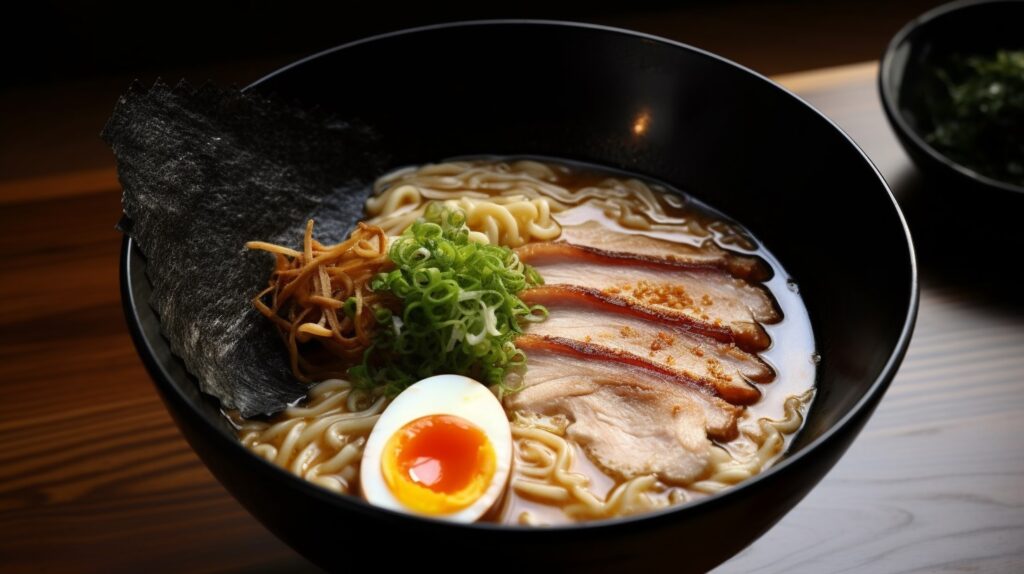
6. Ramen Culture in Japan
Ramen holds a special place in Japanese culture, where it has evolved into a culinary obsession. Let’s explore some aspects of ramen culture in Japan:
6.1 Japanese Ramen Shops
Ramen shops, ranging from tiny hole-in-the-wall establishments to large franchises, can be found throughout Japan. Each shop often specializes in a particular style of ramen, attracting enthusiasts seeking a unique experience.
6.2 Japanese Ramen Etiquette
In Japan, there is a set of unwritten rules and etiquette to follow when enjoying ramen. Slurping the noodles is not only permissible but also encouraged, as it enhances the flavors and shows appreciation for the chef’s craftsmanship.
6.3 Ramen Festivals
Ramen festivals, known as “ramen matsuri,” are popular events where ramen aficionados gather to sample a wide array of ramen offerings from different shops. These festivals celebrate the diversity and creativity within the ramen culture.
7. Health Benefits of Japanese Ramen
Contrary to popular belief, Japanese ramen can offer some health benefits. The collagen-rich broth from pork bones in tonkotsu ramen may promote joint health and improve skin elasticity. Additionally, the variety of vegetables and protein sources present in ramen can contribute to a well-balanced diet.
8. Ramen Beyond Japan
Japanese ramen has transcended borders and gained popularity worldwide. From bustling ramen shops in New York City to trendy ramen bars in London, the international ramen scene continues to expand. Chefs around the globe have put their own spin on this Japanese classic, incorporating local ingredients and culinary influences.
Conclusion
Japanese ramen has captured the hearts and palates of people across the globe. Its humble origins, diverse regional styles, and cultural significance have made it a beloved dish that continues to evolve and delight. Whether savoring a traditional bowl in a small Tokyo shop or indulging in an innovative fusion creation elsewhere, the allure of Japanese ramen is undeniable.

FAQs
Is Japanese ramen spicy? Some varieties of Japanese ramen can be spicy, but not all of them. It depends on the style and the chef’s preference. If you prefer mild flavors, you can opt for shio or shoyu ramen, which are typically not spicy.
Can vegetarians enjoy Japanese ramen? Yes, vegetarians can enjoy Japanese ramen. Many ramen shops offer vegetarian or vegan options, where the broth is made from vegetables and mushrooms instead of meat. Toppings like tofu, seaweed, and seasonal vegetables can add flavor and texture to the dish.
What are the popular ramen toppings? Popular ramen toppings include sliced chashu (pork), soft-boiled eggs, nori (seaweed), menma (bamboo shoots), green onions, corn, bean sprouts, and narutomaki (fish cake). These toppings add different flavors and textures to the ramen.
How is ramen different from instant noodles? Ramen and instant noodles may seem similar, but they have distinct differences. Ramen is a fresh or dried noodle dish served in a flavorful broth with various toppings, while instant noodles are pre-cooked and dehydrated noodles that are often packaged with powdered soup seasoning.
Are there any gluten-free ramen options? Yes, there are gluten-free ramen options available. Some ramen shops offer noodles made from gluten-free ingredients such as rice or buckwheat flour. Additionally, there are also gluten-free instant ramen brands that cater to those with dietary restrictions.
